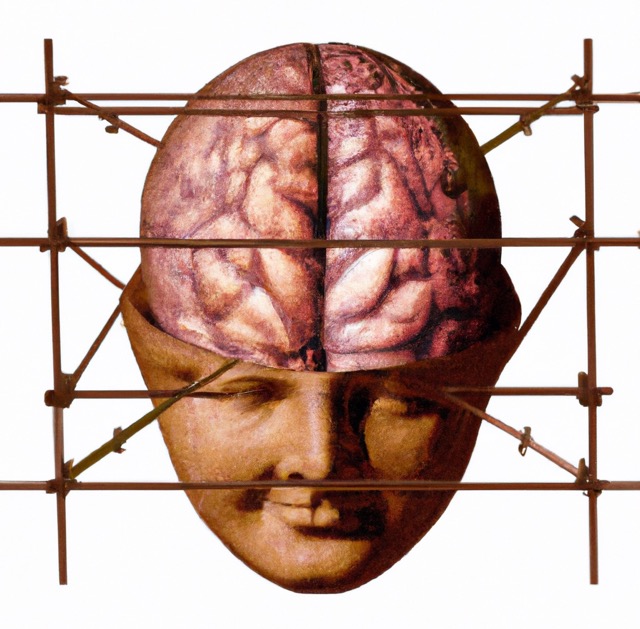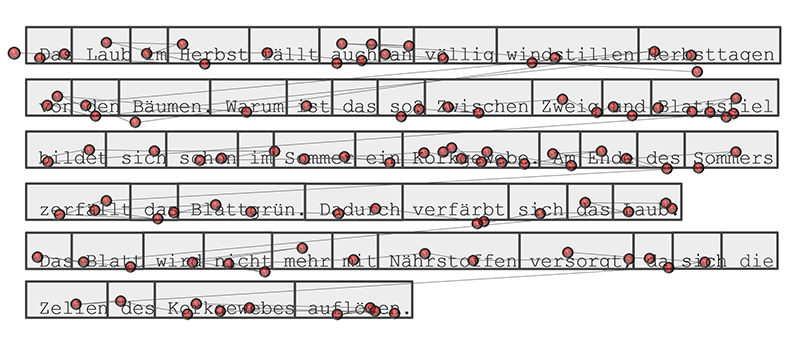The Speed Reader’s Toolkit: How to Read Faster and Comprehend More


Table of Contents
The Power of Speed Reading
Speed reading has the power to change how we learn, interact with information, and manage our daily routines. By increasing our reading speed and comprehension, we get to save time, enjoy more literature, broaden our horizons, and achieve success in school or at work.
But, speed reading often comes with its fair share of misunderstandings. Some folks think it's a superpower, while others see it as quickly glancing over text without really grasping its meaning. Both views miss the mark of what speed reading truly is. Side note check out our blog post, “Does Speed Reading Work?,” to clear up these false notions and see why we're confident that speed reading does work, but perhaps not as you might expect.
If you're ready to take your reading skills up a notch, keep reading to learn our top tips to boost your reading speed and comprehension.
A Snapshot of Reading in the Brain
To get better at something, you first need to understand how it works. That applies to reading too. Let's briefly break down the three stages of the reading process: word recognition, comprehension, and storage.
In the word recognition stage, we visually identify words and grasp their meanings. The comprehension stage follows, where our brain connects these words to make sense of what we're reading. Finally, in the storage stage, our brain processes this understanding into knowledge that we can recall later.
Knowing how each stage works can help us improve and optimize our reading skills. For a more in-depth look at these stages, check out our detailed post on the three-phase reading process here. In the meantime, let’s continue by talking about the most effective strategies and techniques to improve your reading efficiency.
The Speed Reader's Toolkit: Effective Strategies and Techniques
Let's face it, speed reading is like learning a new language or playing a musical instrument - it requires practice, dedication, and the right tools. With that in mind, we've crafted the 'Speed Reader's Toolkit', your ultimate guide to mastering the art of swift and effective reading.
Lay the Foundation: Building a Scaffold of Knowledge
Imagine building a house without a blueprint. It would be a hodgepodge of bricks, wouldn't it? The same goes for reading. To improve your comprehension, you need to establish a 'scaffold' of background knowledge. This scaffold, which you build by researching your topic before diving in, will help you attach new information to what you already know, enhancing your understanding and memory retention.

Optimize Word Recognition
Word recognition is the bedrock of reading. It’s like spotting a friend in a crowd - the quicker you do it, the quicker you can engage. Let's explore how you can optimize this crucial step:
Subvocalization: A Double-Edged Sword
Subvocalization is like your favorite sitcom - comforting and familiar, but sometimes a time drain. It's the habit of pronouncing words in your mind as you read. Subvocalization is a key part to how our brains derive the meaning of the words we see.
But in theory, subvocalization can slow your reading down because fully sounding out every single word isn’t always necessary. Also, sounding out the words just occurs more slowly for some people and can thus hold back their reading speed.
Strategies to Reduce Subvocalization
You can quiet the inner narrator with the following strategies. Experiment with what works best for you!
- Consciously try to read in phrases rather than word by word.
- Reduce lip or mouth movement when reading.
- Push your reading pace a tad beyond your comfort zone, for example by using a pacer (see below). A faster pace can push your brain to rely less on slower subvocalization and rely more on faster sight-based reading.
- While reading, count silently or repeat a sound (like "eeeee") in your head. This technique "occupies" the subvocalization that can habitually occur and allows you to use your eyes more when reading, which can be faster.
Accelerate Word Recognition
Word recognition is when you go from seeing a word on the page to knowing what it means in your head. Boost your word recognition speed by widening your vocabulary and diversifying your reading materials. You can even try using text-to-speech (see below) to help you build a stronger link between what a word looks like and what a word sounds like, and thus its meaning.
Harness Your Eye Fixations
Our eyes are not just the windows to our souls, but the gateways to knowledge. When we read, our eyes jump forward across the page, and every time they stop is known as a “fixation”. Harnessing the power in our eye fixations can improve our reading speed. Here's how:

Keep Moving: The Benefits of a Pacer and Forward Motion
Imagine guiding your eyes as you would a child learning to walk: you guide them forward with an outstretched finger. To use your finger as a pacer while reading, point your finger at the bottom of a word, move it forward in the text, and allow your eye to follow the words that your finger points at.

Using a finger or a pen as a pacer maintains forward motion, reduces backtracking, and sets a rhythmic pace for your eyes to follow. A study showed that for some people, being pushed to read a tad faster than they’re used to can lead to faster reading speeds and also comprehension.
Eye Exercises for Faster Reading?
Eye exercises, such as pushing yourself to recognize more words per eye fixation, can be seen as a kind of gym workout for your eyes. The area that our eyes can focus on is actually quite narrow, and that we see roughly two words every eye fixation. In theory, if you were able to recognize four words per eye fixation instead of just two words, you’d be able to read twice as fast. The impact of optimizing your word recognition per eye fixation remains to be seen.
Enhance Comprehension with Text-to-Speech
Technology can be your best friend in enhancing comprehension. Text-to-speech tools are like having a personal narrator. By reading and listening simultaneously, you stimulate multiple senses, which deepens your comprehension. Research shows that text-to-speech technology can improve reading comprehension.
Create a Conducive Reading Environment
Think of your mind as a stage - the less noise and clutter, the better the performance. By creating a quiet, calm, decluttered reading environment, you can reduce the load on your brain caused by external stimuli, and increase the energy you have available to focus on reading.

Background noise such as that in a classroom can negatively affect reading comprehension. Reducing potential environmental distractions allows your brain to fully engage with the material, resulting in improved focus, comprehension, and recall.
Boost Your Motivation
An engaged mind is key to a successful reading experience. By setting clear goals, taking refreshing breaks, and selecting materials that stir your curiosity, you can keep your motivation high, which leads to improved concentration, accelerated reading speed, and enhanced comprehension. A recent study suggested that stimulating curiosity can significantly enhance learning and comprehension.
This is where reading technology like SwiftRead can help. Reading technology can make reading a more efficient, engaging, and thus rewarding experience. Reading and learning are life-long pursuits. So it's not just about running the race and reading as fast as possible; it's about enjoying the journey!
Embrace the Power of Speed Reading
As we finish our exploration of speed reading, remember that speed reading is a journey that requires patience and practice. With the strategies and techniques we've uncovered, from improving word recognition to creating a conducive reading environment, you're now equipped with the tools to navigate this journey confidently.
Keep exploring, stay curious, and most importantly, enjoy the reading adventure. Who knows how fast and far it might take you?
Do speed reading techniques actually help? Take unlimited free reading tests, track your progress over time, and find out.